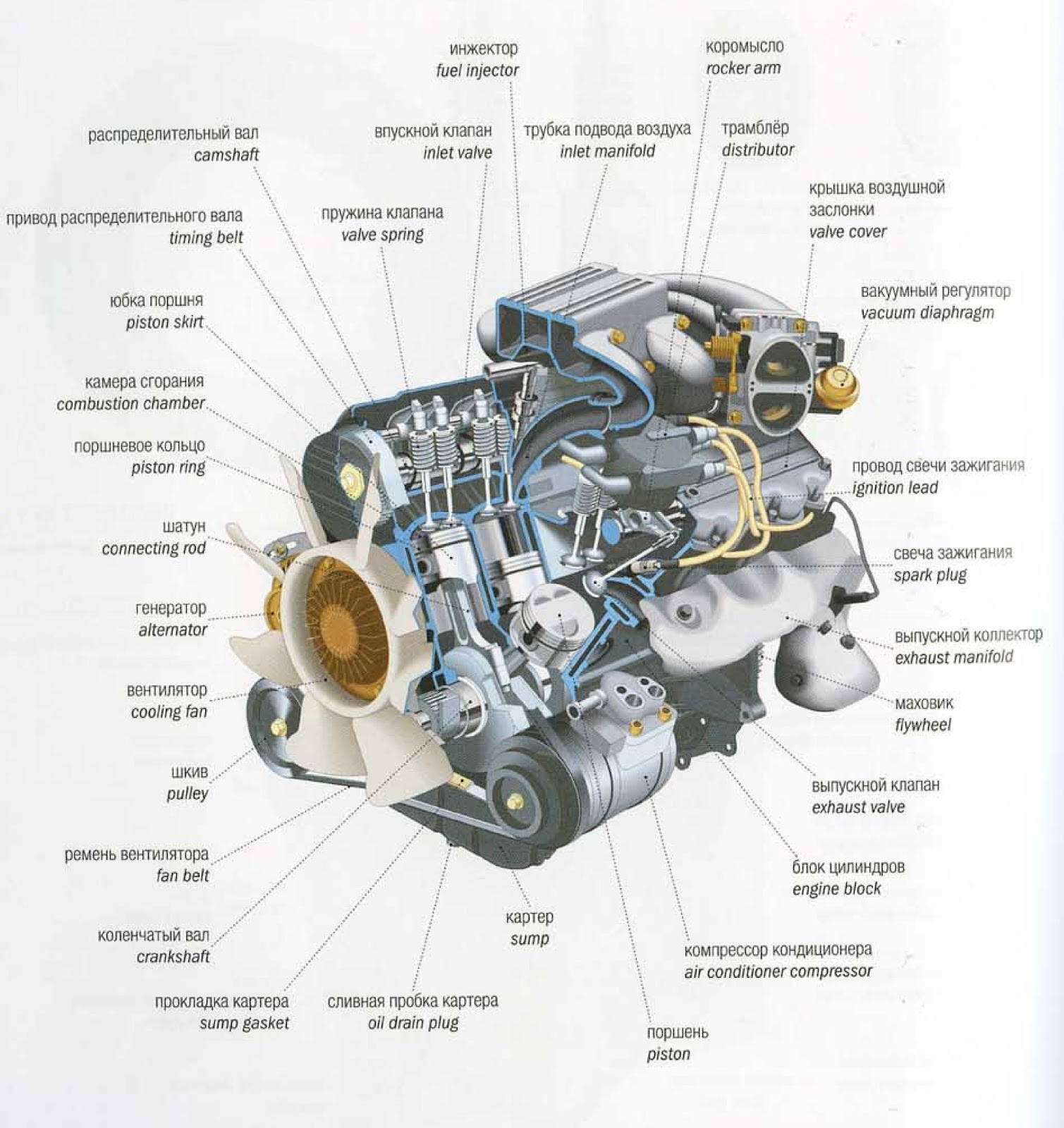
Learning English blog Vocabulary Petrol engine in English
Two stroke engines have two types. First one is known as Spark ignition engine or better known as petrol engine, which works on Otto Cycle and other one is compression ignition engine or diesel engine, which works on diesel cycle. Both these engines works on same principle with some fundamental differences.
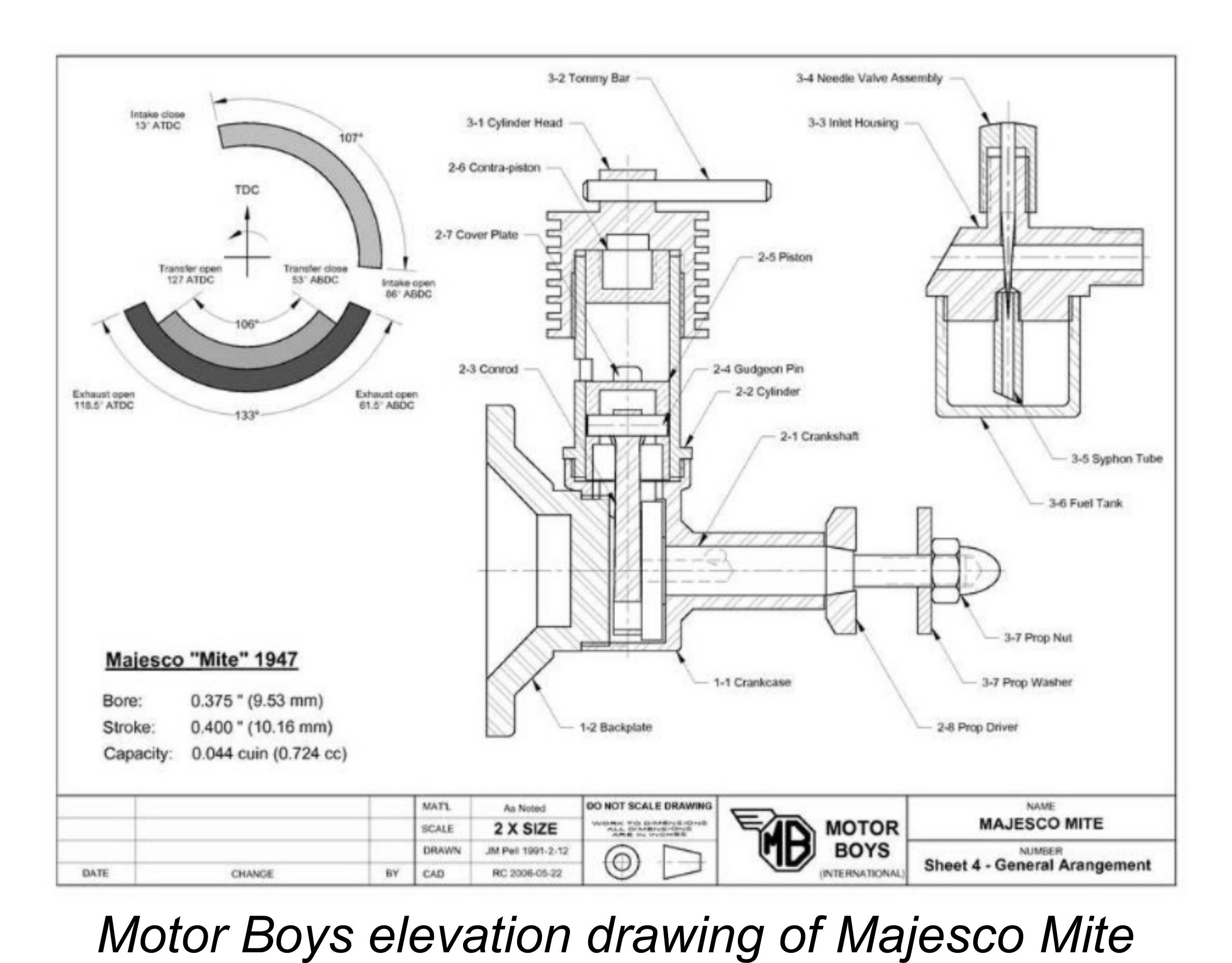
Two Stroke Petrol Engine Diagram My Wiring DIagram
A 2 stroke petrol engine is a type of internal combustion engine that relies on a two-step process to power a vehicle. Unlike a 4 stroke engine, which uses four piston strokes to complete a full combustion cycle, a 2 stroke engine completes the cycle in just two strokes, making it more efficient and simpler in design.

Diesel Engine Diagram Wiring Diagram Schemas
Engines need air (namely oxygen) to burn fuel. During the intake stroke, valves open to allow the piston to act like a syringe as it moves downward, drawing in ambient air through the engine's.

petrol engine diagram
1971 to 1985. Valve and Tappets. 2.25 Litre Petrol. 1971 to 1985. Water Pump and Fan. 2.25 Litre Petrol. 1971 to 1985. Browse 25 Land Rover 2.25 Litre Petrol Engine Diagrams, including Camshaft, Complete Engine, Connecting Rod and Piston, Crankcase Emission Control, Crankcase Emission Control, Crankcase Emission control.

Basic Car Parts Diagram FuelInject.jpg (433288 bytes) Projects to Try Pinterest Car
The valve timing diagram for four stroke petrol engine indicates the position of the piston or the position of the crankshaft during the opening and closing of the intake and exhaust valves, and generation of spark. The valve timing diagram is different for the theoretical cycle and for the actual cycle. Lets discuss about each of them.
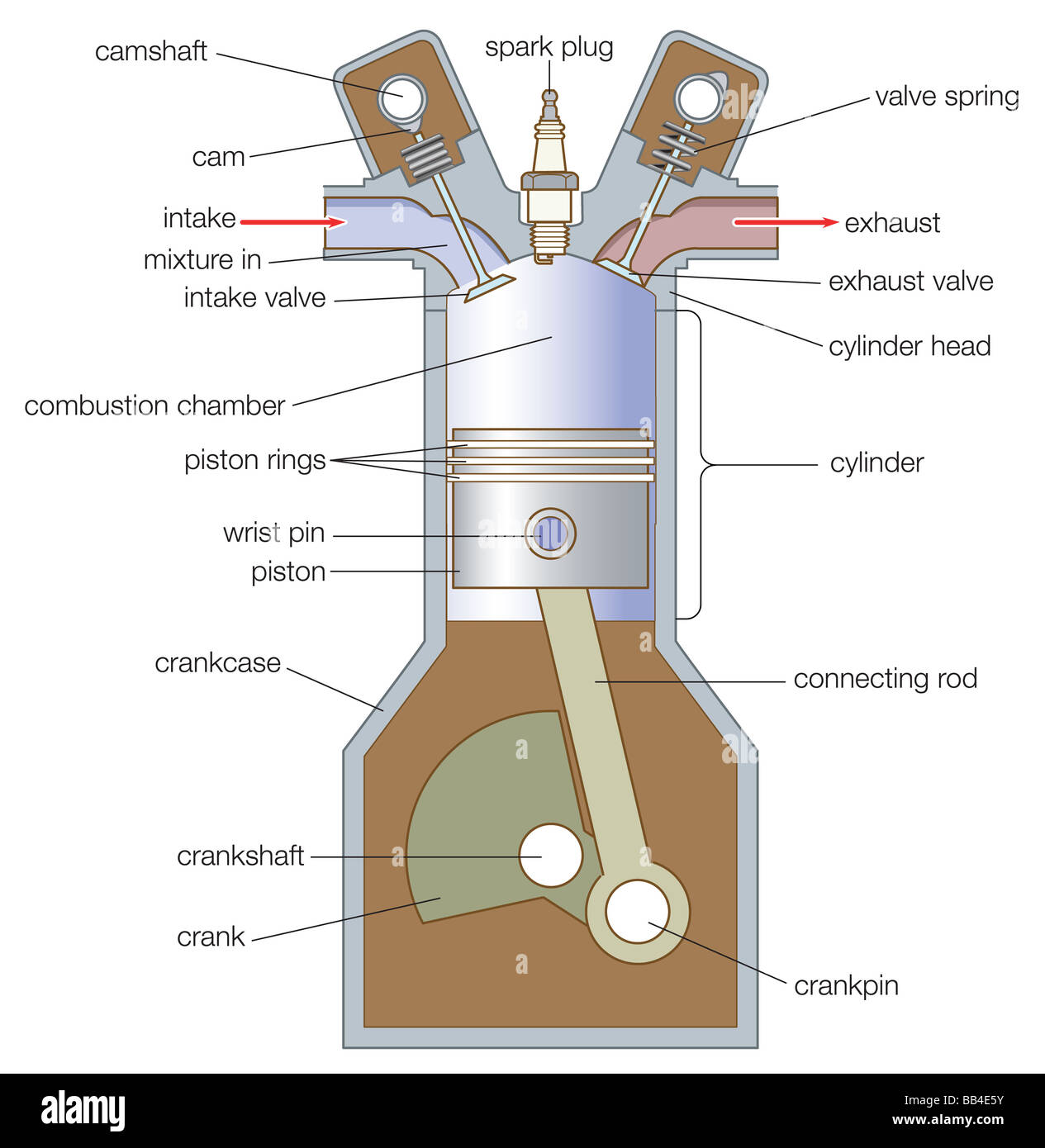
Typical piston and cylinder arrangement of a gasoline engine Stock Photo Alamy
Learn how a 4 stroke petrol engine works with a detailed diagram. Understand each step of the combustion process and see how fuel and air are mixed, compressed, ignited, and expelled to generate power.. In conclusion, the 4-stroke petrol engine is a marvel of engineering that utilizes a precise and intricate process to convert fuel into.

4 Stroke Petrol Engine Line Diagram
According to the type of fuel used, the engines are classified into three categories. Petrol engine (or Gasoline engine) Diesel engine; Gas engine;. Four-stroke Otto-cycle Spark-Ignition Engine with [P-v and T-s Diagram] #3 Classification by No. of Strokes per Cycle . According to the number of strokes per cycle, automobile engines are.

Petrol Engine How A 4 Stroke Petrol Engine Or Spark Ignition Cycle Works?
Comparison Between a 2-stroke engine and a 4-stroke engine. A 4-stroke engine weighs 50% heavier than a 2-stroke engine. A 4-stroke engine is more efficient than a 2-stroke engine because fuel is consumed once every 4 strokes. A 2-stroke engine creates more torque at a higher RPM, while a 4-stroke engine creates a higher torque at a lower RPM.

two stroke petrol engine diagram
four-stroke cycle, principle by which most modern automobile engines function. As illustrated by the figure, while the inlet valve is open, the piston first descends on the intake stroke. An ignitable mixture of gasoline vapour and air is drawn into the cylinder by the partial vacuum thus created. The mixture is compressed as the piston ascends on the compression stroke with both valves closed.

Schematic of engine and fuel system setup (see online version for colours) Download Scientific
The pressure volume diagram (PV diagram) that models the changes the fuel-air mixture undergoes in pressure and volume in a four stroke engine is called the Otto cycle.The changes in these will create heat, and use this heat to move the vehicle or machine (hence why it's a type of heat engine).The Otto cycle can be seen in Figure 2 (real Otto Cycle) and Figure 3 (ideal Otto Cycle).

All About Mechanical Engineering Fuel Supply to SI Engines
A petrol engine works on the basic principle of the Otto cycle . The spark plug of the engine takes electric current from the vehicle battery to generate a spark. This spark plug is usually located on the combustion chamber's top for a quick ignition of the air-fuel mixture. The ignition process of the fuel produces heat, which is transformed.

What is a 4stroke Engine and How its work? [With PDF & Animation]
The petrol engine or gasoline engine is a type of internal combustion engine perfoms internal combustion processes to produce power. Gasoline engines had been discover by German engineer Nikolaus Otto in 1876. As the name implies, petrol engines use gasoline as a source of energy. In principle, there are two types of gasoline engines; Two strokes.

Petrol Engine Simple Diagram di 2020
A four-stroke engine transfers power stroke for every two periods of the piston or the four-piston strokes. Check out: Understanding V8 Engine In Automobiles. Today you'll get to know the definition, diagram, and working of four-stroke engines of both petrol (Otto cycle) and diesel types. You'll also learn about the Otto cycle.
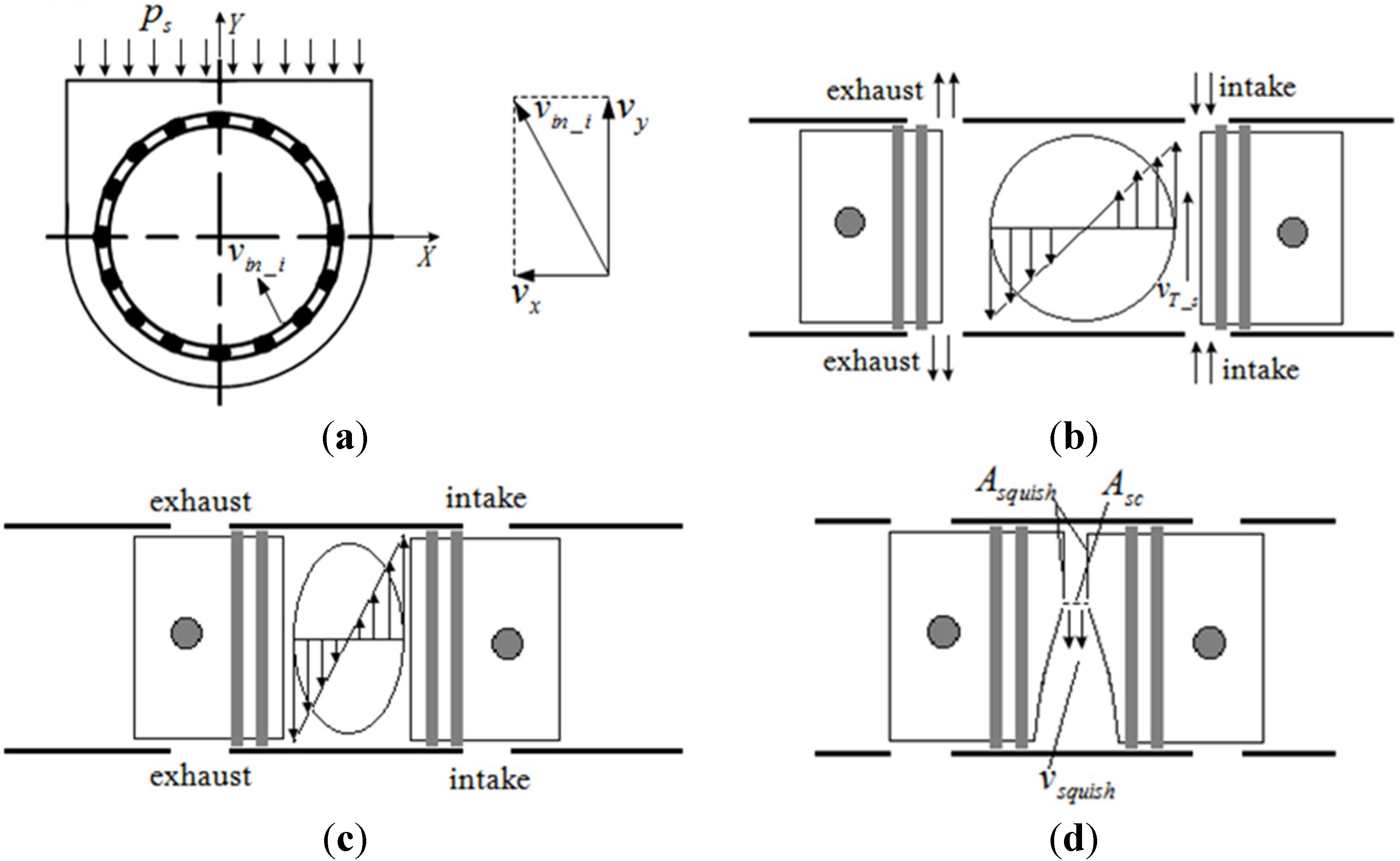
Two Stroke Petrol Engine Diagram My Wiring DIagram
As the name, this engine have 4 steps in a cycle. Suction/intake stroke. Compression stroke. Combustion stroke. Exhaust stroke. Before we discuss about working principle, you need to understand main part of this engine. At least, there are 4 main part ; Cylinder block, tubular part that uses for piston movement.

Parts/ Components of Four Stroke Petrol Engine Pawankumar Gurav TechnologyTricks Tourism
A petrol engine ( gasoline engine in American and Canadian English) is an internal combustion engine designed to run on petrol (gasoline). Petrol engines can often be adapted to also run on fuels such as liquefied petroleum gas and ethanol blends (such as E10 and E85 ). Most petrol engines use spark ignition, unlike diesel engines which.
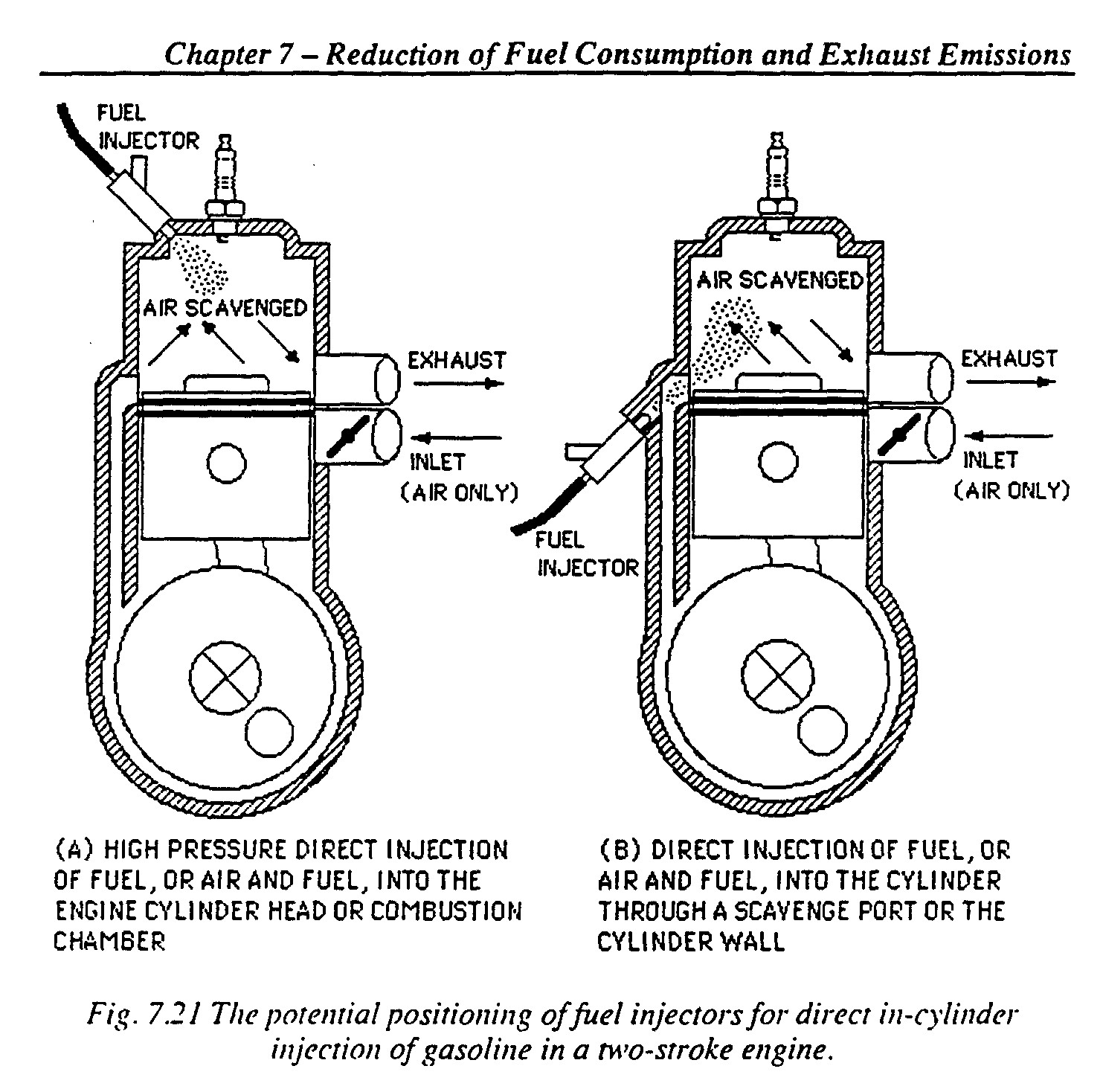
Valve Timing Diagram Of 4 Stroke Petrol Engine My Wiring DIagram
The four-stroke-cycle automobile engine is used as the basic type. Gasoline engine, any of a class of internal-combustion engines that generate power by burning a volatile liquid fuel (gasoline or a gasoline mixture such as ethanol) with ignition initiated by an electric spark. Gasoline engines can be built to meet the demands of practically.